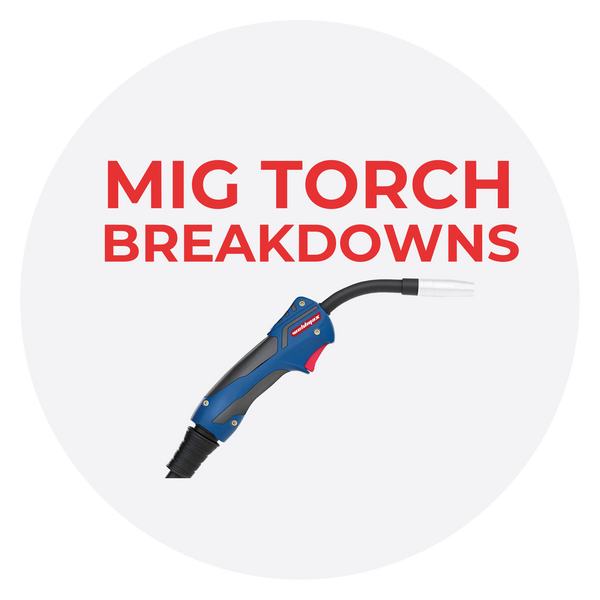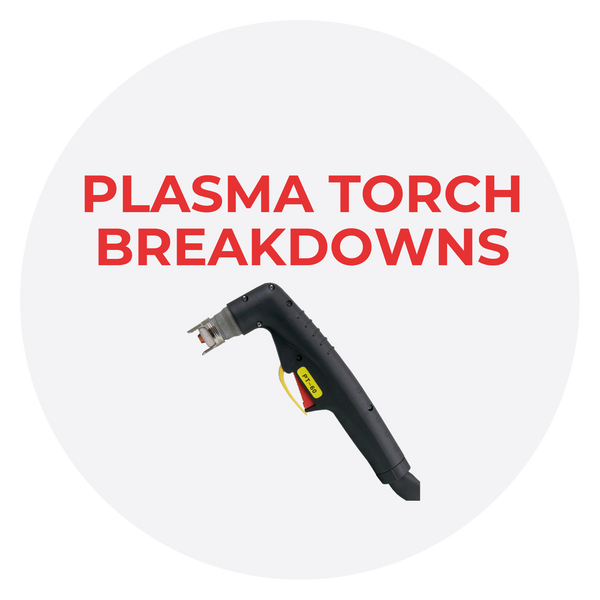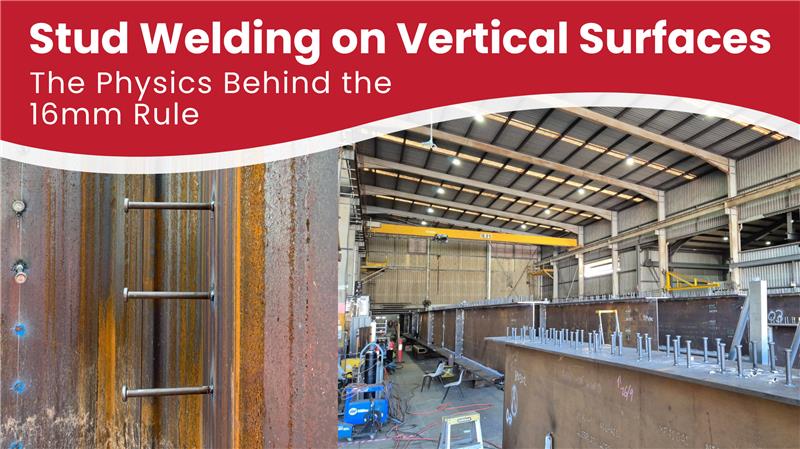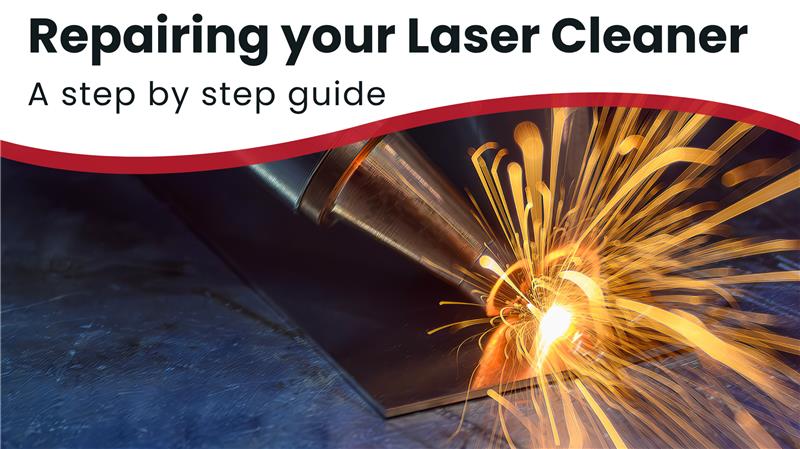Environmentally Friendly

Embracing Eco-Friendly Laser Cleaning: Advantages and Impact
Chemical-Free Cleaning:
Traditional cleaning methods often rely on harsh chemicals that pose risks to both human health and the environment. Environment-friendly laser cleaning eliminates the need for these harmful substances altogether. By utilizing focused laser beams, contaminants such as rust, paint, and grease are effectively removed without the use of chemicals, making it a safer and healthier option for workers and the ecosystem.
Minimal Waste Generation:
Unlike abrasive cleaning methods that produce significant amounts of waste materials like dust, sand or grit, laser cleaning generates minimal to no waste. The process involves the precise removal of contaminants from surfaces, leaving behind only the cleaned substrate. This reduction in waste not only streamlines cleaning operations but also contributes to overall waste reduction goals, promoting a more sustainable manufacturing and repair process.
Energy Efficiency:
Laser cleaning is renowned for its energy efficiency compared to traditional cleaning methods. By targeting specific areas with concentrated laser energy, it minimizes energy consumption while maximizing cleaning effectiveness. Additionally, advancements in laser technology have led to the development of more energy-efficient systems, further reducing the environmental footprint of the cleaning process.
Preservation of Substrate Integrity:
One of the key advantages of laser cleaning is its ability to remove contaminants without damaging the underlying substrate. Unlike abrasive techniques that may cause surface abrasion or deformation, lasers can selectively target and remove unwanted material while preserving the integrity of delicate surfaces. This precision ensures longer lifespan and durability of components, ultimately reducing the need for frequent replacements and minimizing resource consumption.
Versatility and Adaptability:
Environment-friendly laser cleaning is highly versatile and adaptable to various applications across industries. Whether it's removing rust from metal surfaces, restoring historical artifacts, or cleaning delicate electronic components, laser cleaning systems can be tailored to meet specific cleaning requirements. This versatility not only enhances operational flexibility but also enables businesses to address diverse cleaning challenges in a sustainable manner.
Impact on the Environment and Industry:
The adoption of environment-friendly laser cleaning holds significant benefits for both the environment and industrial sectors. By reducing reliance on hazardous chemicals and minimizing waste generation, this innovative cleaning technique contributes to cleaner air, water, and soil. Furthermore, its energy-efficient nature aligns with global efforts to combat climate change by reducing greenhouse gas emissions associated with traditional cleaning processes.
From aerospace and automotive manufacturing to cultural heritage conservation, the benefits of environment-friendly laser cleaning extend across diverse industries. By embracing sustainable cleaning practices, businesses can enhance their environmental stewardship, improve operational efficiency, and contribute to a greener, more sustainable future.
Environment-friendly laser cleaning represents a paradigm shift in the way we approach industrial cleaning processes. Its numerous advantages, including chemical-free operation, minimal waste generation, energy efficiency, substrate preservation, and versatility, make it a compelling choice for businesses committed to sustainability. By harnessing the power of laser technology, we can achieve cleaner, safer, and more eco-friendly cleaning solutions, driving positive change for both the environment and industry.












